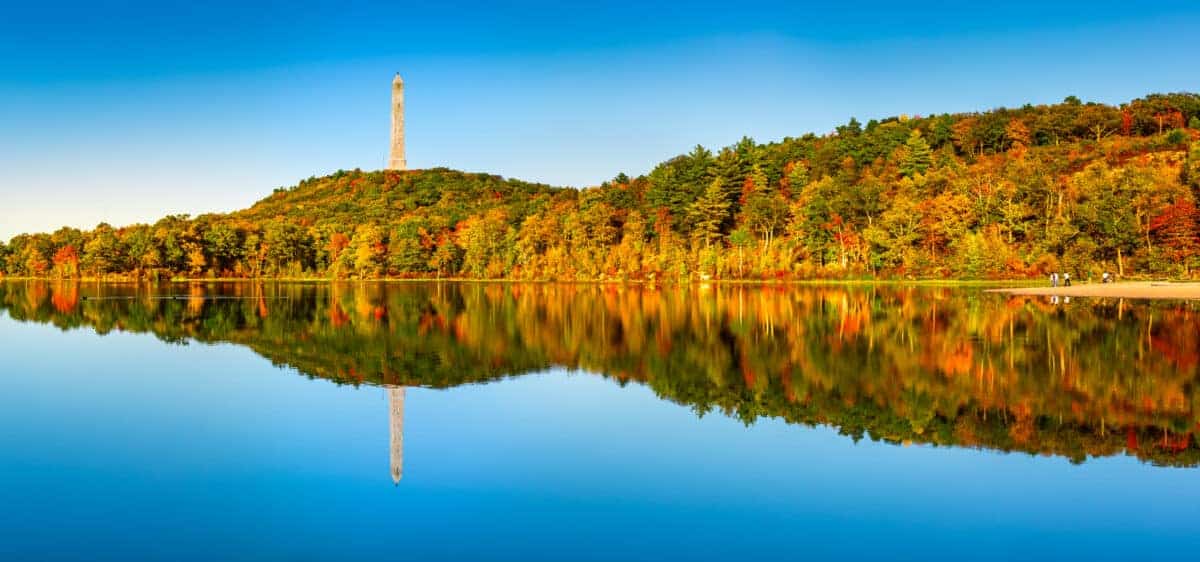New Jersey, often referred to as the Garden State, boasts a rich and diverse ecosystem that is home to a variety of wildlife. From the forests of the Appalachians to the coastal plains along the Atlantic, the state harbors a tapestry of habitats supporting an array of fascinating creatures. Let’s delve into the lives of five remarkable animals that call New Jersey home, exploring their diets and unique characteristics.
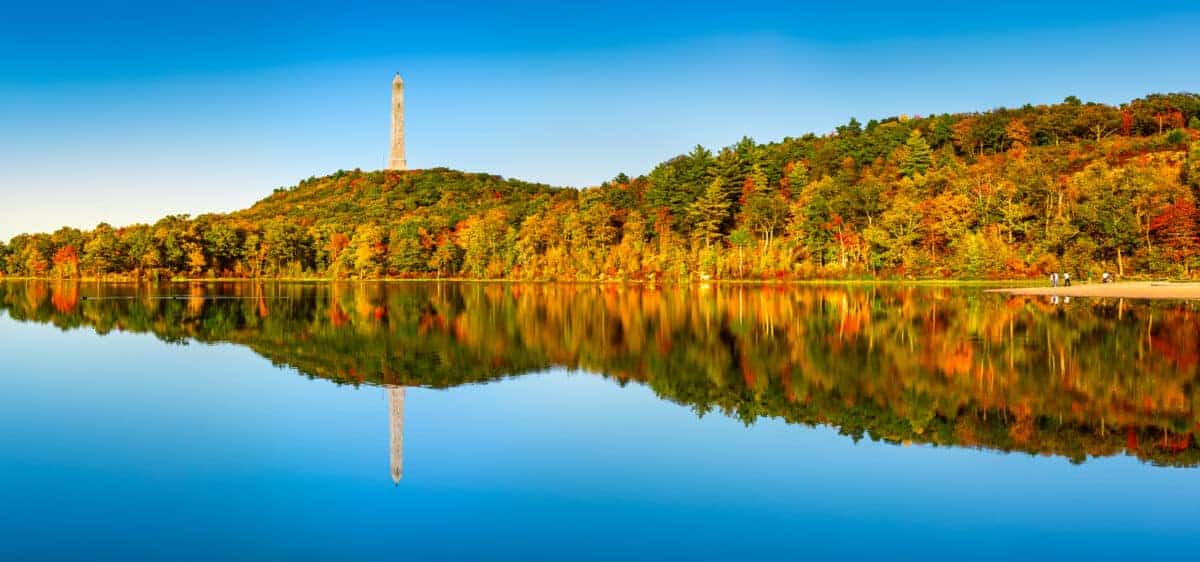
1. Black Bear (Ursus americanus)
The dense forests of northern New Jersey provide a suitable home for the state’s largest land mammal, the black bear. These omnivores exhibit a varied diet, consuming both plant matter and animal protein. While a significant portion of their diet consists of berries, nuts, and vegetation, black bears are also opportunistic hunters, preying on small mammals, insects, and fish. Their adaptability allows them to thrive in different ecosystems, from hardwood forests to swamps, showcasing their resilience in the Garden State.
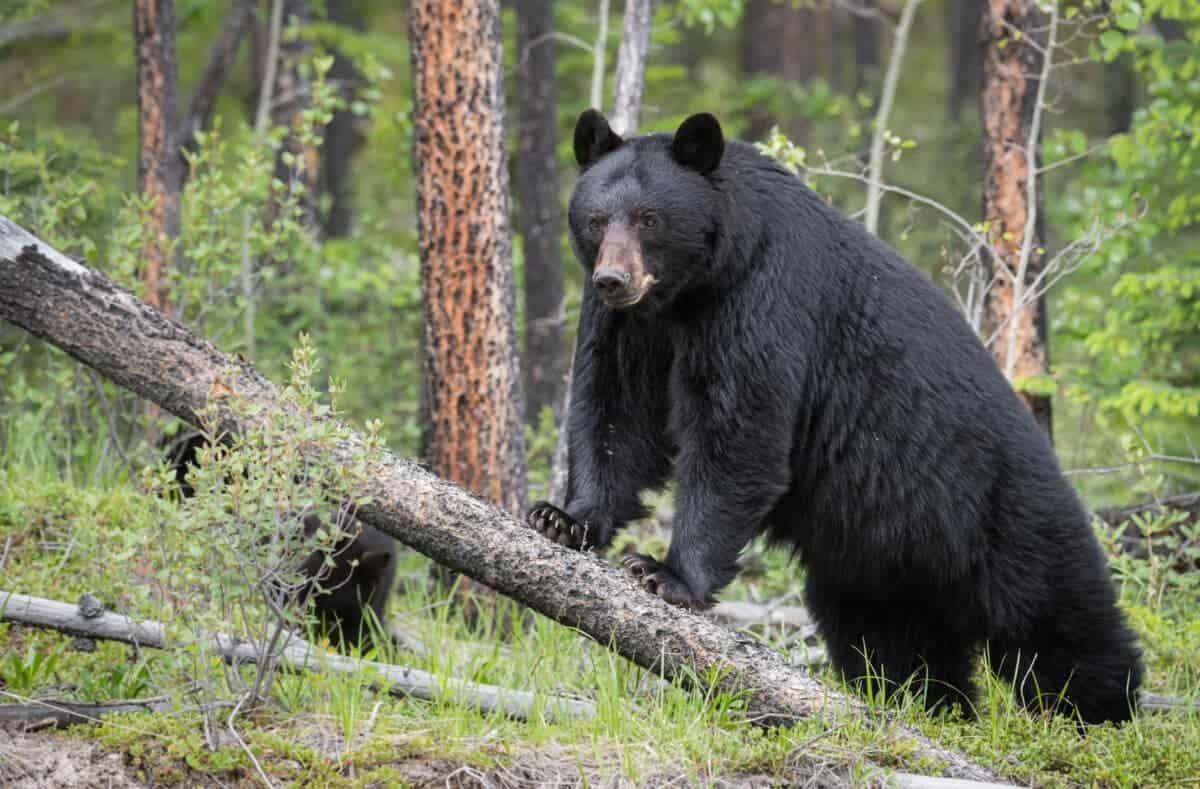
Characteristic of the black bear is its shaggy coat, which ranges from black to cinnamon or even blonde. These bears are known for their keen sense of smell, enabling them to detect food from miles away. Despite their formidable appearance, black bears are typically shy and prefer to avoid human interaction.
2. Eastern Box Turtle (Terrapene carolina carolina)
In the woodlands and meadows of New Jersey, the Eastern Box Turtle, a terrestrial reptile, roams the forest floor. Recognizable by its high-domed shell and vibrant patterns, this species is a fascinating inhabitant of the state. The Eastern Box Turtle is primarily herbivorous, feeding on a diet of fruits, mushrooms, and a variety of vegetation. They also consume insects, earthworms, and slugs, displaying an omnivorous trait that contributes to their adaptability in different environments.
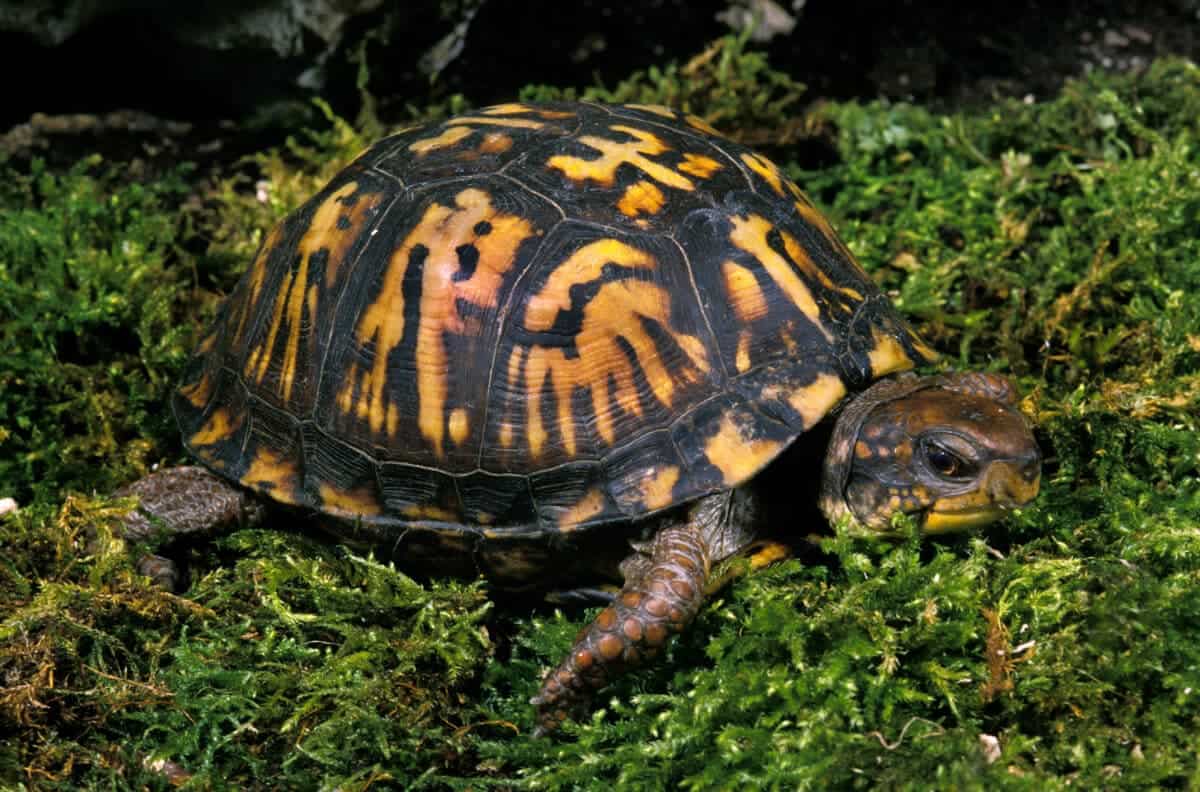
One remarkable characteristic of the Eastern Box Turtle is its ability to retract its limbs and head within its shell, providing a secure fortress against potential predators. Despite their slow pace, these turtles are well-adapted to the diverse ecosystems of New Jersey.
3. Red Fox (Vulpes vulpes)
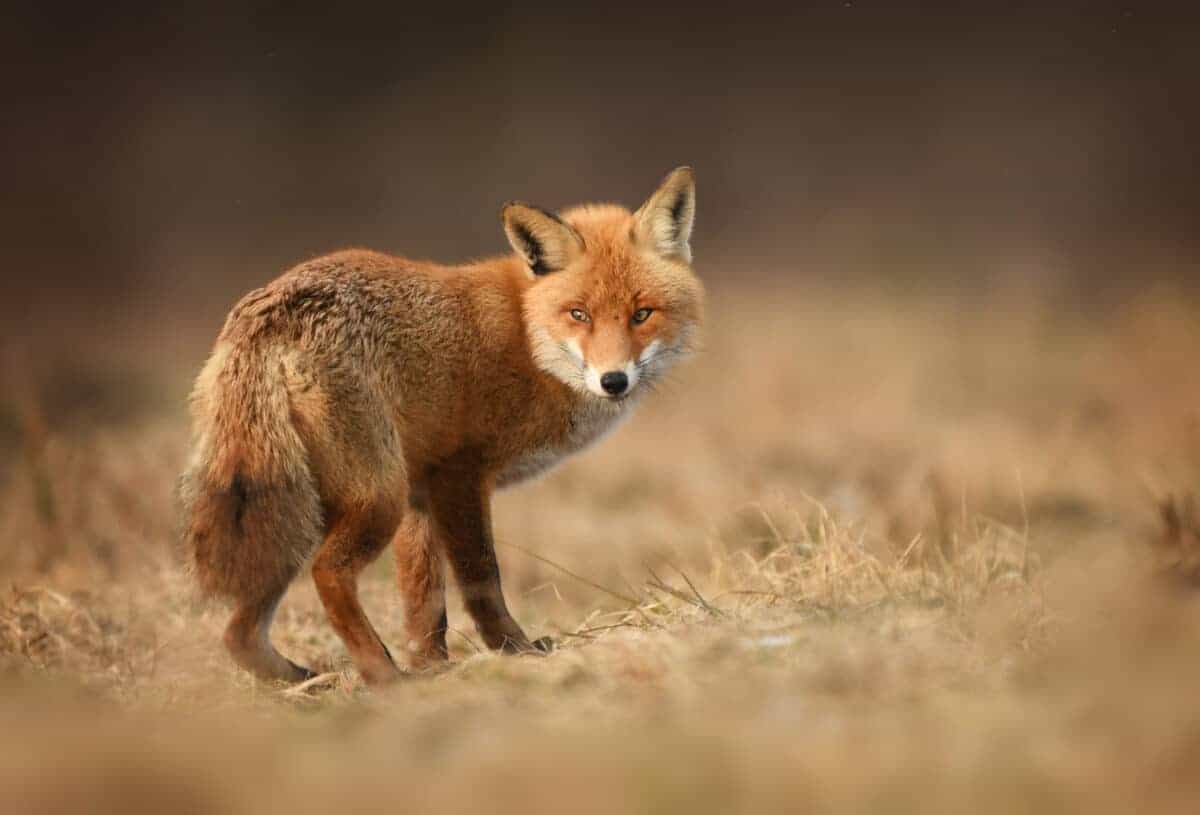
In both urban and rural landscapes, the red fox is a common sight in New Jersey. Known for their cunning and adaptability, these canids exhibit a diverse diet that includes small mammals, birds, fruits, and insects. Red foxes are skilled hunters, employing stealth and agility to catch prey. Their keen sense of hearing allows them to locate rodents beneath the snow, showcasing their resourcefulness during the winter months.
Characterized by their russet-colored fur, white-tipped tail, and black legs, red foxes are well-adapted to the changing seasons of New Jersey. Their adaptability to various habitats, from suburban neighborhoods to wooded areas, highlights their ability to coexist with human populations.
4. Peregrine Falcon (Falco peregrinus)
Taking to the skies above New Jersey, the peregrine falcon is a magnificent raptor that has made a successful comeback in recent decades. These birds of prey are renowned for their incredible speed and aerial hunting prowess. Peregrine falcons primarily feed on other birds, relying on their exceptional speed and agility to catch their prey mid-flight. Their diet includes pigeons, shorebirds, and songbirds, making them a vital component of the state’s avian ecosystem.
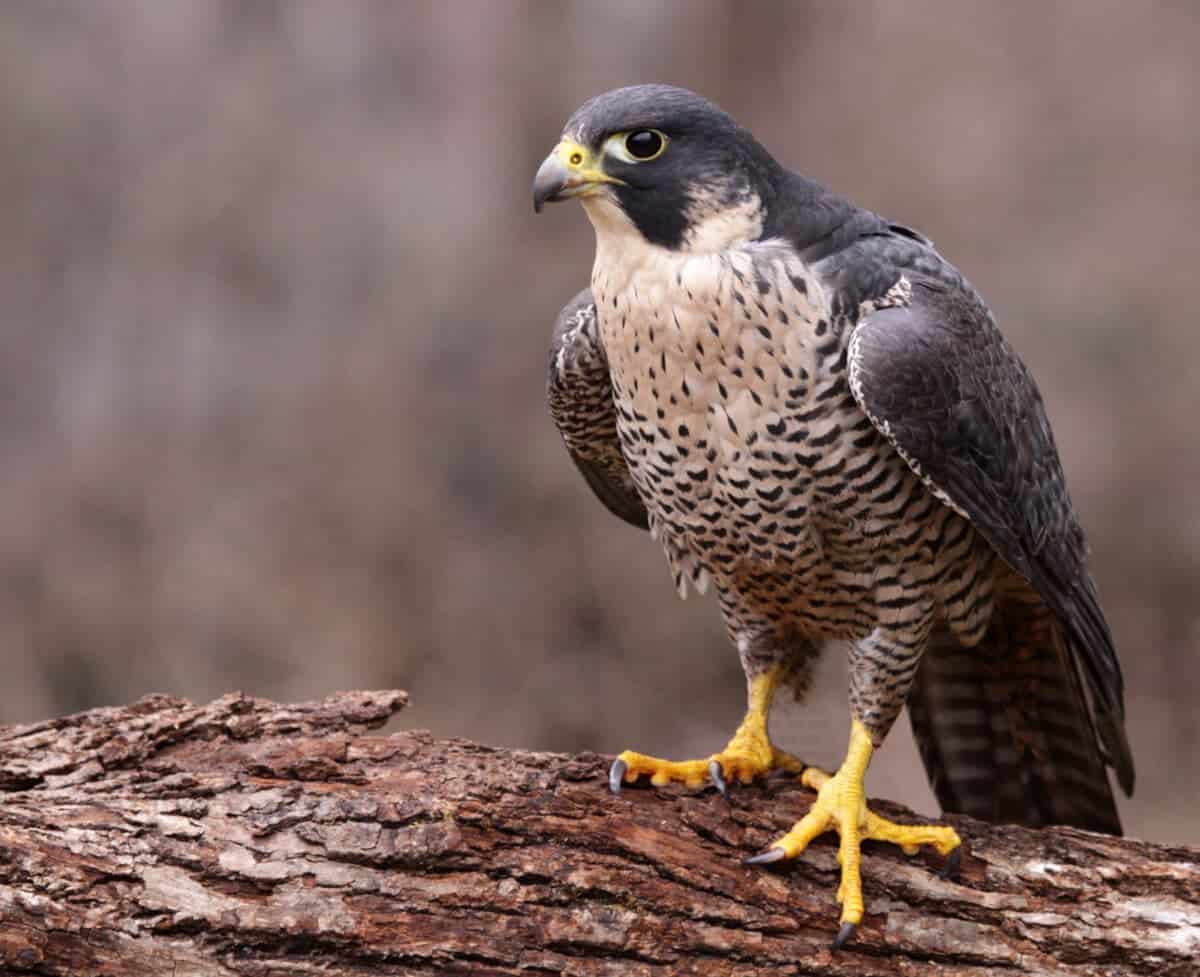
Identifiable by their distinctive black markings on their faces and the sleek, blue-gray plumage, peregrine falcons have adapted to urban environments, often nesting on high-rise buildings and bridges. The successful reintroduction of these apex predators is a testament to conservation efforts in New Jersey.
5. Diamondback Terrapin (Malaclemys terrapin)
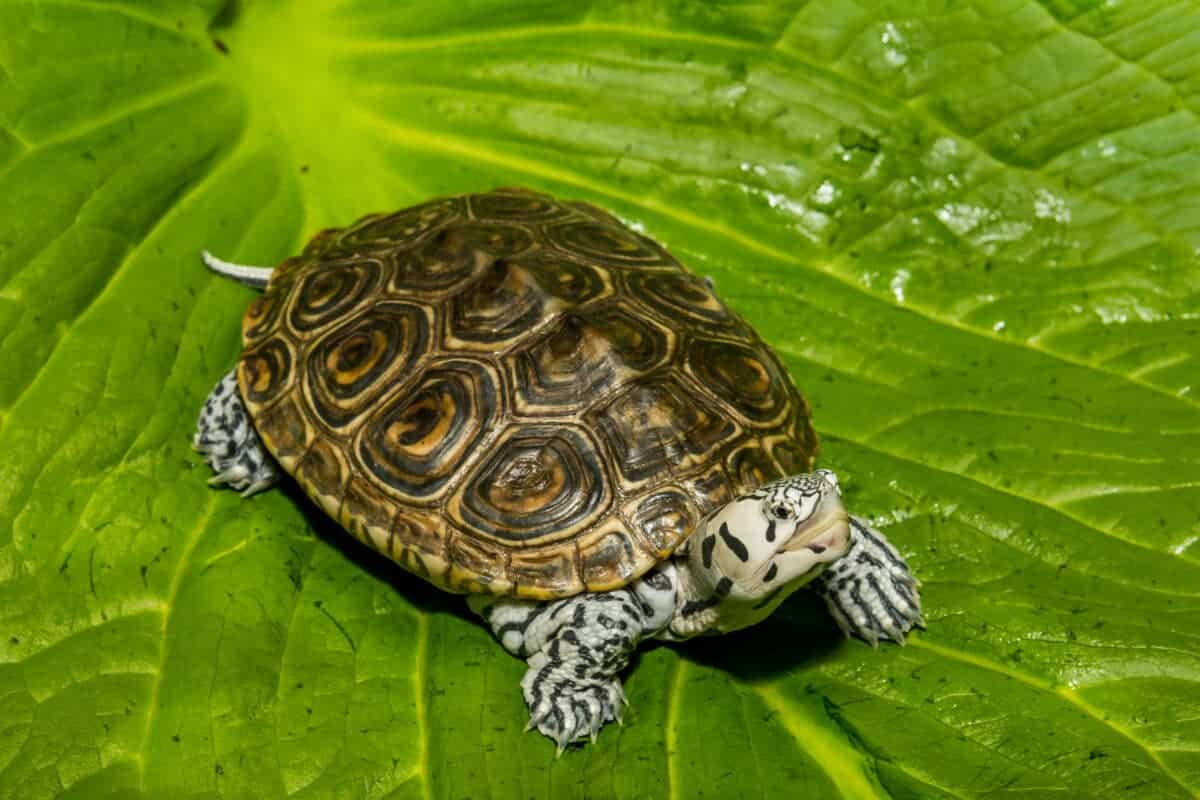
New Jersey’s coastal marshes are home to the diamondback terrapin, a unique species of turtle adapted to brackish waters. These turtles exhibit a diet that includes a variety of prey such as crustaceans, small fish, and mollusks. Their ability to tolerate both saltwater and freshwater environments contributes to their distribution along the Atlantic coast.
Characterized by their intricate shell patterns, ranging from concentric circles to diamond-shaped markings, diamondback terrapins are well-adapted to their coastal habitats. Unfortunately, these turtles face threats from habitat loss and road mortality, emphasizing the importance of conservation initiatives to protect their unique ecosystems.
Join our Forum for free today!

- Elderly Man Kills Grizzly Bear in Montana - July 22, 2024
- Missing Cat Found Weeks Later, 40 Miles Away - July 21, 2024
- The Fastest Animal on Earth: So, How Quick Are Cheetahs? - July 21, 2024

